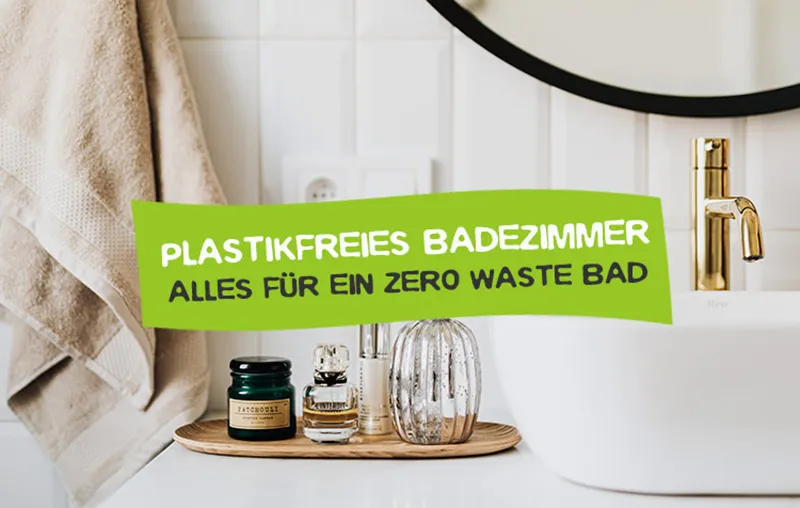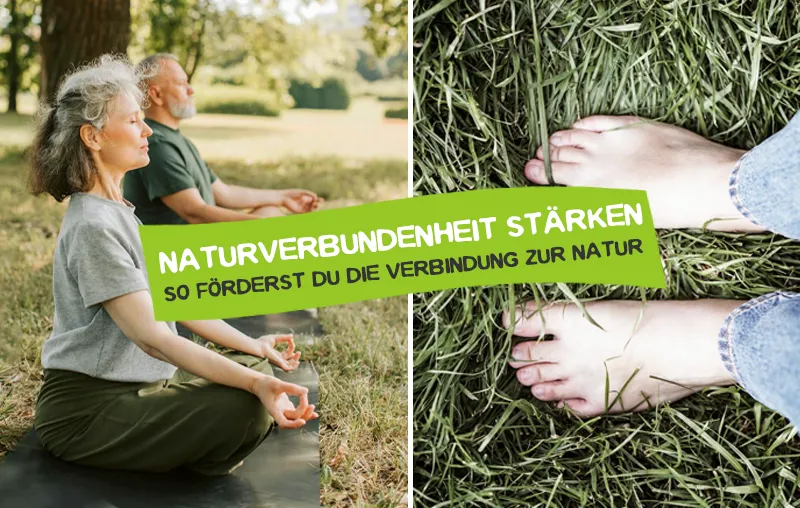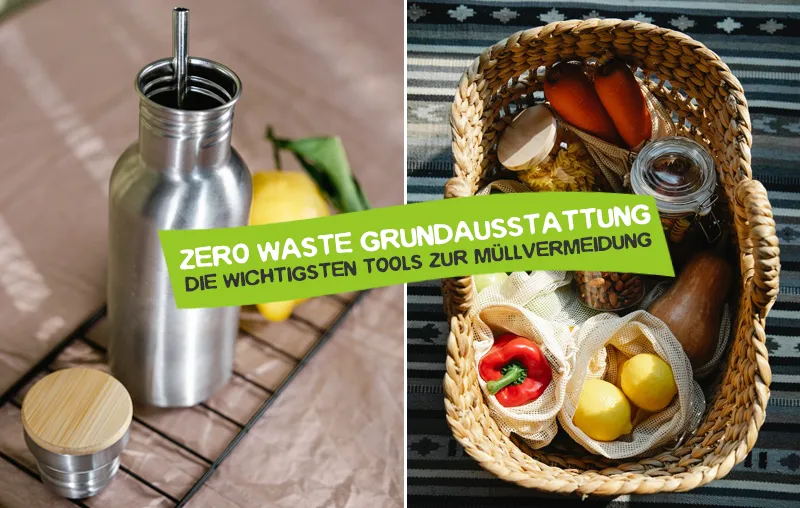Want to know everything about the circular economy? Then you've come to the right place! Resource scarcity, environmental pollution, climate change - we are facing major ecological problems that threaten our livelihoods. The future therefore belongs to resource-friendly forms of business that treat our planet with care.
Imagine if you could help save our planet every day, simply by consume more consciously. The circular economy is paving the way for us all to realize this. It is based on the principle of cycles: products and materials are used, repaired, reused and recycled for as long as possible.
In this article, I would like to give you everything you need to know about the circular economy. You will also find out how each of us can act in a circular economy way every day and natural resources can be spared. Let's go!
Here you can find a short overview in advance:
Definition: What is the circular economy?
The circular economy is a concept that Economic model based on the principle of circularity.
In contrast to the linear economy, in which products are manufactured, used and then thrown away, the circular economy aims to use products and materials in a more sustainable way. in circulation for as long as possible.
The three most important principles of the circular economy
- Avoidance: Reduction of waste and environmental pollution through sustainable product design and development.
- Utilization: Reuse, repair and refurbishment of products to extend their service life.
- Recycling: Recycling materials at the end of the product life cycle in order to reuse them for new products.
Circular economy vs. sustainability
Circular economy and Sustainability are closely connected, but not identical. Sustainability encompasses a broad spectrum of ecological, economic and social approaches. The circular economy, on the other hand, focuses on the efficient use of resources and the avoidance of waste.
Different approaches to the circular economy
In the circular economy, there are diverse strategiesto maximize resource efficiency and reduce waste to a minimum as far as possible.
Here I present some key approaches:
- Cradle to Cradle: Products are designed in such a way that all materials can either be used as nutrients in biological cycles after use or can be fully recycled in technical cycles. The aim of the "cradle to cradle" strategy is to produce as little waste as possible.
- Bioeconomy: This approach focuses on the use of bio-based, renewable raw materials for the manufacture of products and energy in order to replace fossil resources and imitate the cycles of nature.
- Performance Economy: The focus here is on services, not products. Companies sell usage rights instead of goods, which conserves resources. As many consumers in Germany, for example, hardly recycle at all, companies take responsibility for taking back and recycling their products in order to close the loops.
Advantages: What are the benefits of the circular economy?
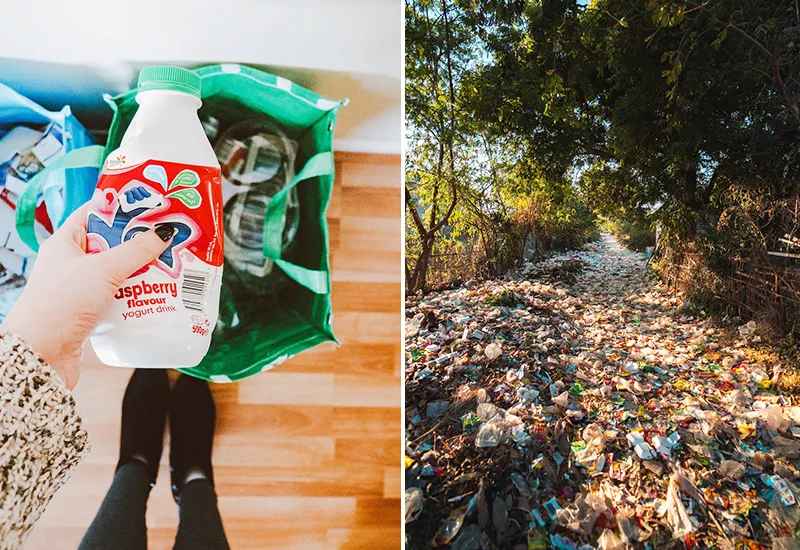
The circular economy offers Numerous benefits for the environment, economy and society. Imagine a world in which Conserving resources, the Combating climate change and environmental pollution is reduced. In this world, products are used, repaired and recycled for as long as possible. Waste is avoided and resources are used efficiently.
Exactly in this Spirit of circularity shows the UN in its latest report how the circular economy can make a difference in the plastics industry, for example. With impressive forecasts: by 2040, the switch to the circular economy could reduce plastic pollution by up to 30 percent. What's more, innovative alternatives to conventional plastics could contribute a further 17% to the reduction.
These figures give hope - and are a strong argument in favor of the complex advantagesthat the circular economy entails:
Environmental Benefits
- Conserving resources and protecting the climate: By avoiding waste and reusing materials, we conserve resources and reduce greenhouse gas emissions. Ultimately, this allows us to preserve our planet's natural resources for future generations.
- Reduction of environmental pollution: The circular economy helps to reduce pollution, give nature time to recover and protect the environment. Counteracting species extinction. It also promotes quality of life - after all, clean air, clean water and a healthy environment are important to us all.
Economic advantages
- Creation of new business models and jobs: The circular economy opens up new business models and creates new jobs in areas such as repair, recycling and redesign. Innovation and growth are the key to a strong and sustainable economy.
- Increasing resource efficiency and reducing costs: Companies that focus on the circular economy increase their resource efficiency and reduce their costs. This strengthens competitiveness and ensures long-term success.
Social advantages
- Improving the quality of life: The circular economy increases well-being as it reduces environmental pollution and the associated health risks. It also increases the general security of supply of raw materials.
- Promotion of sustainable development: The circular economy reduces our consumption of resources and therefore also our environmental impact. For example, we produce less electronic waste and also save money in the long term. At the same time, we are living up to our responsibility towards future generations.
Goals: What does the circular economy want to achieve?
The goals of the circular economy are ambitious and require a rethink in all areas of our societyFrom the way products are designed, manufactured and used to the end-of-life processes that ensure that materials do not end up as waste but serve as valuable resources for new products.
These objectives include the following aspects in particular:
- From linear to circular: We want to move away from the Throwaway Society. Instead, the aim is to create a system that protects resources and has less impact on the environment.
- Rethinking growth: Our economy should grow, but without destroying the environment. The consumption of raw materials must fall, even if the economy grows.
- Closing loops: Everything we use should remain in circulation for as long as possible. This reduces waste while at the same time conserving resources.
- Less waste: Our aim is to achieve a lot produce less waste. We are committed to recycling and reusing things.
5 Examples: What can the circular economy, resource conservation and waste prevention look like in practice?
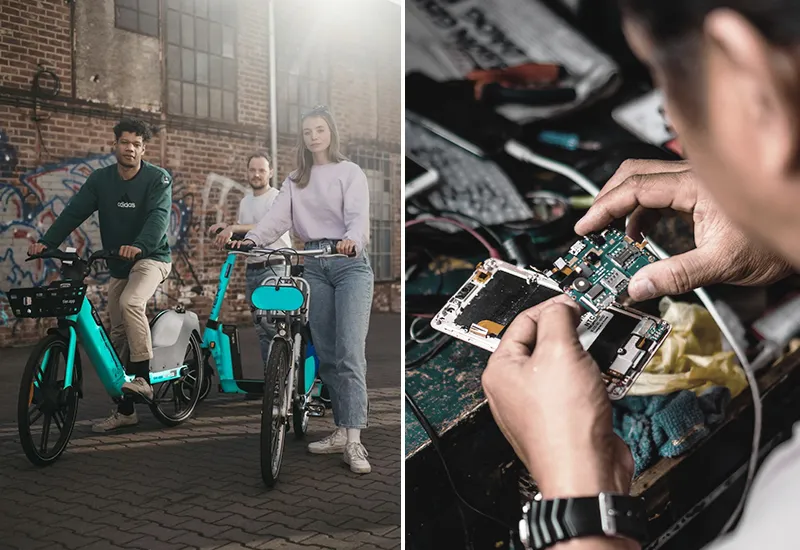
The circular economy is long since reality - even if it absolutely needs to be promoted even more. All over the world, people and companies are completely reinventing the way we produce, consume and live.
They all share a common goal: conserving resources, reducing waste and protecting our environment. Perhaps you have already used a circular service yourself or bought a product that was designed according to these principles.
Let's take a look together at five inspiring examples that show how the circular economy works in practice:
1. product-as-a-service (PaaS)
This model does not focus on the sale of a product, but on the Provision of a service. A classic example is the Bike rental system.
Customers pay for the use of a bike without having to own it. Providers take care of all aspects of maintenance, repair and ultimately the recycling or refurbishment of the bike.
This not only improves the Extended service life of bicyclesbut there are also More efficient use of resourcesas the bikes are in continuous circulation and are being maintained.
2. sharing economy
This model is based on the shared use of resources or services. An illustrative example is Carsharing.
Instead of owning their own car, users use a platform to access a fleet of vehicles that they can Use as required can. This promotes more efficient use of cars, as a single vehicle is used by several people, which ultimately reduces the total number of cars needed and therefore the production of new cars.
3. repair cafés
In these non-profit workshops people bring their broken items, such as toasters or coffee machines, and repair them together with volunteers.
This not only contributes to Extending the service life of products but also teaches participants valuable skills in the use of tools and repair techniques. Through the Repairing instead of throwing away (and the new acquisition) ultimately values and conserves resources and reduces the amount of waste.
4. second-hand stores
The Buying second-hand has an incredible number of advantages - and the stores offer a variety of second-hand items from clothing to furniture. A visit to the second-hand store allows consumers to, for example, discover unique piecesto save money and at the same time reduce ecological footprint.
The reuse of objects is a Core principle of the circular economyas it reduces the need to produce new goods and thus conserves resources.
5. refurbisher
If a technical device has been "refurbished", then it has been overhauled in a quality-assured manner and completely restored to working order. One example of this is the company Janadowhich specializes in the refurbishment of used corporate IT.
There you can Buy used technology at a reduced price - for example laptops, smartphones and tablets. By refurbishing used electronics, Janado ultimately not only supports the Reuse and a longer product use. It also makes a decisive contribution to reducing the amount of electronic waste and protecting precious resources.
All of these examples show that the circular economy not just a vision of the futurebut is already a reality today. Innovative business models and technologies enable us to conserve resources, avoid waste and protect the environment.
Solutions: What can each individual do for a more circular economy?

Wondering what you can do? It's simple! Start with small steps: repair instead of buying new, share more and throw away less. Every action counts, no matter how small. I'll show you below, how each of us can contribute to the circular economy:
Waste avoidance
The best waste is waste that is not produced in the first place. That's why you should consider which products you really need and which potential emotional purchase is honestly unnecessary. Because Consumption definitely doesn't make you happy in the long term.
Also use Reusable products instead of disposable products - and repair things instead of throwing them away. Try to shop without packaging and borrow things instead of buying them new. These measures are not only sustainable, but often save money too.
Tip: It is best to use the Basic rules of the Zero Waste lifestyle. They will help you to make significantly less waste.
Recycling and upcycling
Waste that cannot be avoided should be recycled so that it can be recycled, upcycled or used for other purposes. Recyclable materials such as paper, glass, plastic and metal must be properly separated and thrown into the appropriate recycling bins.
The preference for recycled products also helps to reduce the consumption of resources and minimize Protecting the environment. Upcycling projects show how seemingly useless waste can be turned into creative new products can arise.
Support for sustainable companies
With conscious purchasing behavior, we as consumers can support companies that are committed to the circular economy. So look out for sustainable seals when buying products and also inform yourself about the Concept of the company. If the company produces with the aim that the Products in the economic cycle for as long as possible remain and then be recycled?
Or does circularity not play a role and the company produces short-lived products that ultimately end up in the trash? Some companies are accused of this, for example, with planned planned obsolescence to work and to deliberately age and break appliances more quickly.
Only the circular economy can be the future!
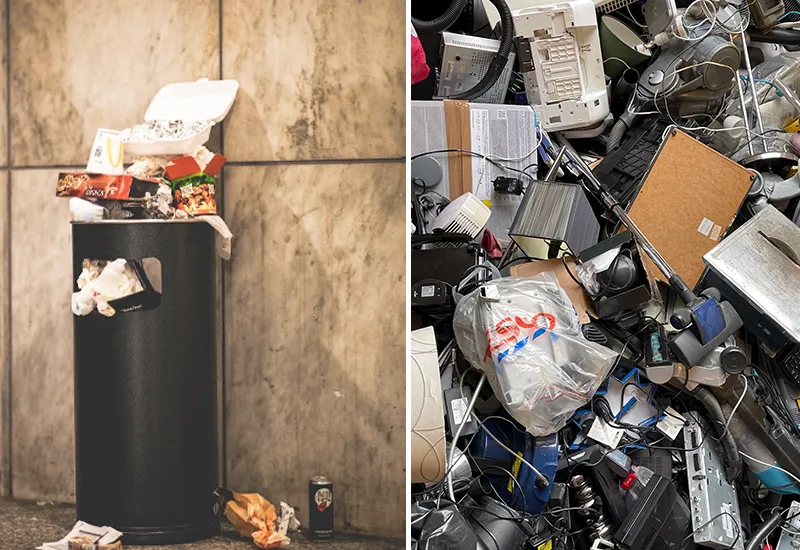
Clear successes are already emerging in the world of the circular economy. Sustainable practices are reducing the burden on our planet and opening up new opportunities. Perhaps you will soon decide to do the same, buy a used cell phone or furnish your home with second-hand furniture to keep these products in circulation for longer.
Each of these supposedly small decisions brings us on our way to a sustainable lifestyle and circularity have come a long way. And the positive development is that the circular economy is picking up speed. The increasing support from politics and business shows that a rethink is taking place.
"We are living in dangerous times. Men control nature before they are even able to control themselves."
Albert Schweitzer (more at Environmental protection quotes)
But the journey is still a long one, as linear production continues to dominate the global market. Sustainability must be an integral part of a sustainable economy so that we do not choke on our own waste and leave our children and grandchildren a ruined world.
The time has cometo move forward with determination and create paths that are safe and sustainable for future generations.
Do you have any questions, suggestions or your own experiences with the circular economy that you would like to share? Then I look forward to your comment.
Stay environmentally friendly and sustainable,

PS: Do you want to make your life even more conscious? Then I can recommend the following Books about sustainability warmly to your heart. Have fun reading!




